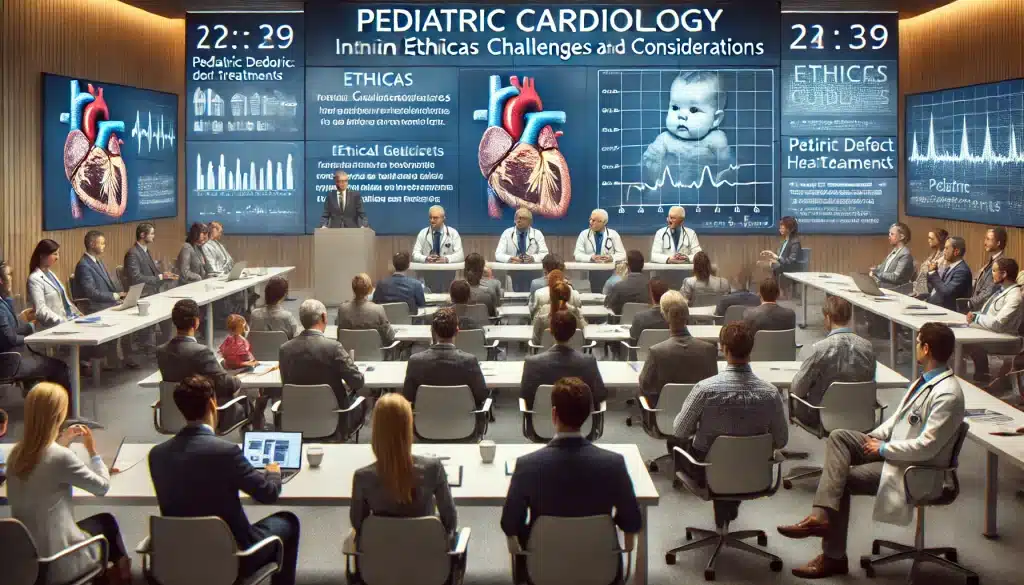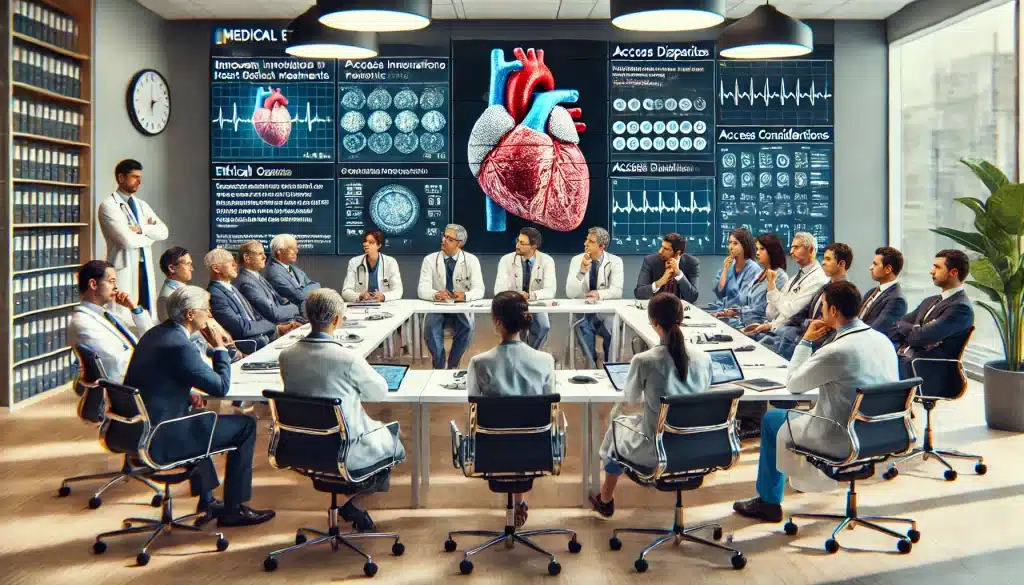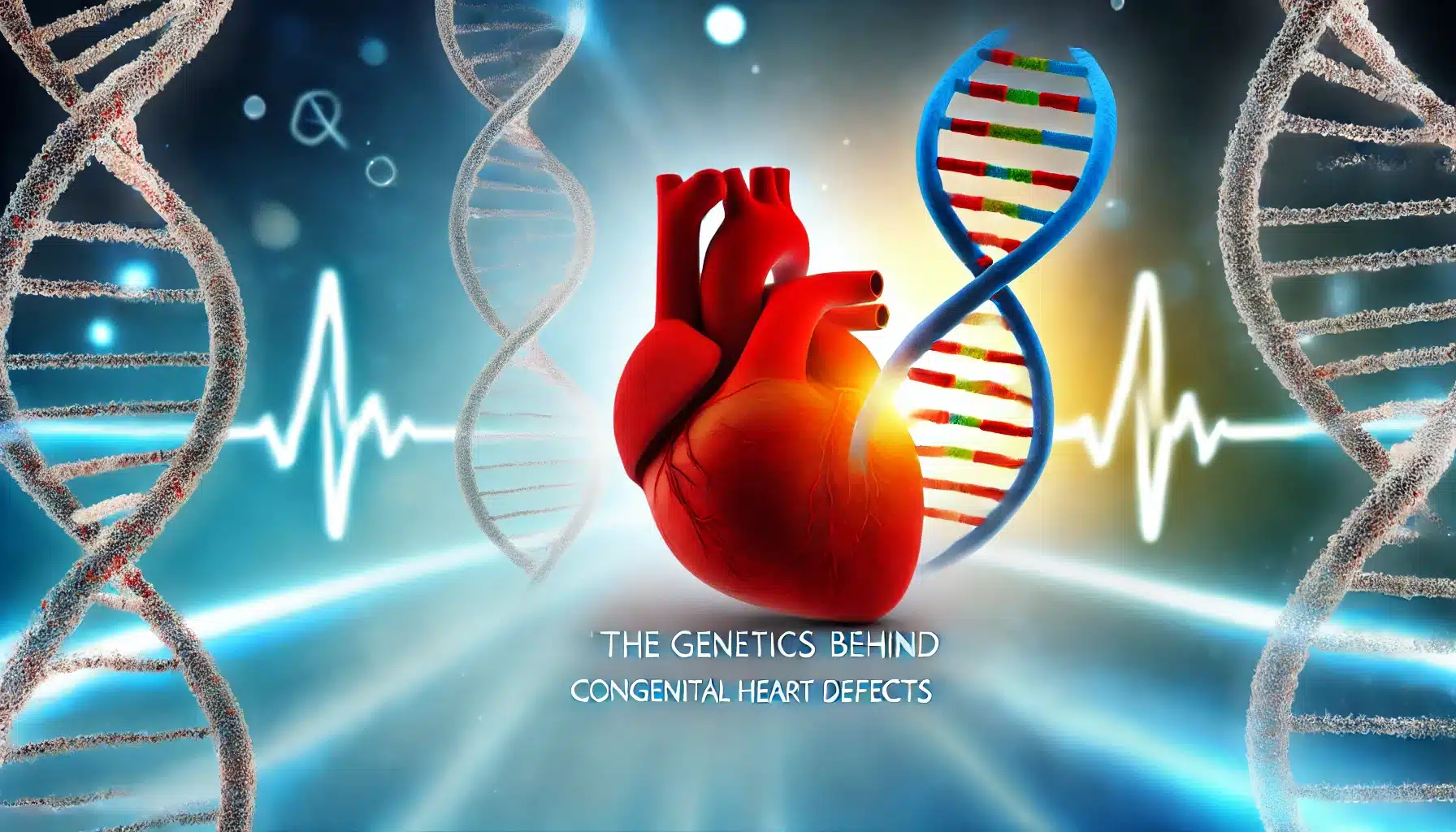Introduction to Pediatric Heart Defects
Pediatric heart defects, also known as congenital heart defects (CHDs), are structural abnormalities in the heart that are present from birth. These conditions can range from simple defects, such as small holes between heart chambers, to more complex malformations that affect blood flow and heart function. CHDs are the most common type of birth defect, affecting nearly 1 in 100 newborns worldwide. Early diagnosis and treatment are crucial for improving the quality of life and survival rates of affected children.
Understanding the intricacies of these defects involves delving into the anatomy and physiology of the heart, which can help in identifying how specific abnormalities disrupt normal function. Medical advancements have significantly improved the outcomes for children with CHDs, but there is still a pressing need for innovative treatments that offer less invasive, more effective solutions.
- CHDs affect approximately 1 in 100 newborns globally.
- Defects can range from simple to complex structural abnormalities.
- Early diagnosis and intervention are key to better outcomes.
Traditional Treatment Methods
Traditional treatments for pediatric heart defects have largely centered around open-heart surgery and catheter-based interventions. Open-heart surgery involves opening the chest and using a heart-lung machine to maintain circulation while the heart is temporarily stopped for repairs. This approach, while effective, is highly invasive and comes with significant risks and a long recovery period.
Catheter-based interventions, on the other hand, involve threading a thin tube (catheter) through blood vessels to the heart, allowing for repairs without opening the chest. Common catheter-based procedures include balloon angioplasty and stent placement to open narrowed vessels, as well as device closure for defects like atrial or ventricular septal defects. These methods are less invasive than traditional surgery, but still carry risks and limitations, especially in very young patients.
- Open-heart surgery: Highly invasive with longer recovery times.
- Catheter-based interventions: Less invasive but still not without risks.
- Limitations include difficulty in treating complex defects in very young children.
The Need for Innovation in Pediatric Cardiology
Despite the advancements in traditional treatment methods, there is a clear and urgent need for innovative approaches in pediatric cardiology. The limitations of conventional surgeries and interventions, such as high risk, long recovery times, and complications in treating very young or critically ill patients, highlight the importance of developing less invasive, more precise, and highly effective treatments.
Children with congenital heart defects require tailored treatment strategies that consider their unique physiological needs and growth patterns. Innovations are not only necessary to enhance surgical outcomes but also to improve diagnostics, reduce the need for repeat procedures, and offer better quality of life with fewer complications.
- Traditional methods are often too invasive for fragile pediatric patients.
- There is a need for personalized and growth-compatible treatment options.
- Innovations can reduce the necessity for multiple surgeries over a child’s lifetime.

Breakthroughs in Minimally Invasive Surgery
Minimally invasive surgery (MIS) has revolutionized the treatment of pediatric heart defects, offering less traumatic alternatives to traditional open-heart surgery. These procedures typically involve smaller incisions, reduced use of heart-lung machines, and the utilization of advanced imaging techniques to guide the surgery. This not only reduces the risk of infection and other complications but also shortens hospital stays and recovery times, allowing children to return to their normal activities much faster.
Advances in Catheter-Based Interventions
Recent innovations in catheter-based interventions include the development of more flexible, smaller catheters and improved imaging technologies like 3D echocardiography and magnetic resonance imaging (MRI). These advancements enable more precise navigation and repairs within the heart, making it possible to treat complex defects that were previously unmanageable with catheter techniques alone.
- Use of smaller, more flexible catheters to reduce invasiveness.
- Advanced imaging technologies for improved precision and outcomes.
- Ability to treat more complex defects without open-heart surgery.
Robotic-Assisted Cardiac Surgeries
Robotic-assisted surgeries are another significant innovation in pediatric cardiology. Using robotic systems, surgeons can perform highly complex and delicate procedures with enhanced precision and control. The robots provide a 3D view of the operating field and greater dexterity than the human hand, which is particularly beneficial in pediatric cases where the structures are very small and delicate. Robotic-assisted surgeries also result in smaller incisions, less scarring, and quicker recovery times.
- Enhanced precision and control during surgery.
- Reduced invasiveness with smaller incisions and less scarring.
- Shorter recovery times compared to traditional open-heart surgery.
Novel Drug Therapies for Pediatric Heart Conditions
Innovations in pharmacology have also contributed significantly to the treatment of pediatric heart defects. Novel drug therapies aim to manage symptoms, prevent complications, and, in some cases, modify the progression of heart defects. These advancements are particularly important for patients who are not ideal candidates for surgery or who require additional support alongside surgical interventions.
Targeted Drug Delivery Systems
Targeted drug delivery systems are designed to deliver medication directly to the affected area of the heart, minimizing side effects and maximizing therapeutic efficacy. These systems use advanced technologies, such as nanoparticles or drug-eluting stents, to release medication in a controlled manner, ensuring that the drugs act precisely where they are needed. This approach is especially beneficial in treating inflammation, preventing scar tissue formation, and reducing the risk of clotting in post-surgical patients.
- Minimizes side effects by targeting medication to specific areas.
- Improves therapeutic outcomes by focusing treatment directly on the defect.
- Examples include drug-eluting stents and nanoparticle-based therapies.
Gene Therapy and Regenerative Medicine
Gene therapy and regenerative medicine represent some of the most cutting-edge approaches to treating pediatric heart defects. Gene therapy involves inserting specific genes into a patient’s cells to correct genetic mutations that cause heart defects. This approach has the potential to not only treat but also cure certain congenital heart conditions at their genetic root. Regenerative medicine, including stem cell therapy, aims to repair or replace damaged heart tissue, offering hope for heart defect correction without surgery.
- Gene therapy targets genetic mutations, addressing the root cause of defects.
- Regenerative medicine, like stem cell therapy, aims to repair heart tissue.
- Potential to significantly reduce the need for traditional surgical interventions.

The Role of Artificial Intelligence and Machine Learning
Artificial intelligence (AI) and machine learning (ML) are transforming the landscape of pediatric cardiology by enhancing diagnostic accuracy, predicting patient outcomes, and personalizing treatment plans. These technologies analyze vast amounts of data from patient records, imaging studies, and genetic tests to identify patterns and make predictions that were previously beyond human capability.
Predictive Analytics in Diagnosis and Treatment
Predictive analytics, powered by AI and ML, can forecast potential complications in pediatric heart patients, allowing for proactive management and timely interventions. For instance, AI algorithms can analyze echocardiogram data to predict which patients are at higher risk for heart failure or arrhythmias, guiding clinicians in adjusting treatment strategies accordingly.
- AI can analyze complex data sets to predict patient outcomes.
- Helps in identifying high-risk patients early for timely interventions.
- Improves the precision of diagnostic imaging and interpretation.
Personalized Medicine in Cardiology
Personalized medicine leverages AI to tailor treatment plans based on the individual characteristics of each patient, such as their genetic profile, heart anatomy, and overall health status. By customizing therapies, personalized medicine aims to enhance treatment efficacy and reduce the likelihood of adverse effects. For example, AI-driven models can recommend the optimal timing for surgery or suggest specific medications that are most likely to benefit the patient based on their genetic makeup.
- AI helps in creating individualized treatment plans for better outcomes.
- Genetic data is used to tailor medications and interventions to the patient.
- Personalized approaches can improve quality of life and reduce complications.
Innovations in Medical Devices and Implants
The field of medical devices and implants has seen significant innovations that are transforming the treatment of pediatric heart defects. These innovations focus on creating devices that are not only more effective but also better suited to the unique needs of pediatric patients, including those that grow with the child and reduce the need for multiple surgeries.
Biocompatible Materials and 3D Printing
Biocompatible materials, such as bioresorbable polymers and metals, are being used to create heart valves, patches, and stents that integrate seamlessly with the body’s tissues. These materials are designed to be absorbed by the body over time, reducing the need for repeat interventions. Additionally, 3D printing technology allows for the customization of implants tailored specifically to a child’s unique anatomy, improving the fit and function of these devices.
- Bioresorbable materials reduce the need for future surgeries.
- 3D printing allows for personalized implants that fit the child’s anatomy perfectly.
- Improves the overall success rate of surgical interventions.
Smart Implants and Wearable Technology
Smart implants and wearable technology are at the forefront of monitoring and managing pediatric heart defects. Smart implants, such as those with sensors that monitor heart function in real-time, provide valuable data to healthcare providers, enabling them to make informed decisions about patient care. Wearable devices, like smartwatches and patches, allow for continuous monitoring of vital signs and can alert caregivers and doctors to any abnormalities, ensuring prompt intervention when needed.
- Smart implants provide real-time data on heart function.
- Wearables monitor vital signs continuously, improving patient management.
- Early detection of issues allows for quicker and more effective interventions.
Future Trends in Pediatric Heart Defect Treatment
As technology continues to evolve, the future of treating pediatric heart defects looks promising with several emerging trends poised to further revolutionize the field. These trends include advancements in precision medicine, the integration of virtual and augmented reality in surgical planning, and the ongoing development of bioengineered heart tissues and organs.
Precision medicine, which involves tailoring medical treatment to the individual characteristics of each patient, is expected to become more prevalent. This approach will likely include the use of genetic and molecular profiling to guide the selection of therapies that are most effective for specific types of heart defects.
- Precision Medicine: Customized treatments based on genetic and molecular profiles.
- Virtual and Augmented Reality: Enhanced surgical planning and training through immersive simulations.
- Bioengineering: Development of bioengineered heart tissues and organs for transplantation.

Challenges and Ethical Considerations
While the innovations in treating pediatric heart defects bring hope, they also present challenges and ethical considerations that must be addressed. The high cost of advanced treatments, access to care disparities, and the long-term effects of new therapies are all significant concerns. Moreover, ethical dilemmas may arise with the use of gene editing and other cutting-edge technologies, particularly regarding consent and the potential for unintended consequences.
Ensuring that these innovations are accessible to all patients, regardless of socioeconomic status, is crucial. Additionally, ongoing research and ethical oversight are needed to navigate the complexities of these new treatments and ensure they are used safely and effectively.
- High costs and access disparities need to be addressed.
- Ethical considerations include consent and potential long-term effects.
- Continuous research and ethical oversight are necessary for safe implementation.
Conclusion: The Future of Pediatric Cardiology
The treatment of pediatric heart defects has made remarkable strides over the years, with innovations in minimally invasive surgery, advanced drug therapies, artificial intelligence, and medical devices leading the way. These advancements are not only enhancing the quality of care for young patients but are also paving the way for even more groundbreaking developments in the future. As technology continues to evolve, the hope is that pediatric heart defects can be treated more effectively, with less invasiveness and fewer long-term complications.
The future of pediatric cardiology will likely see a continued emphasis on personalized medicine, where treatments are tailored to the individual needs of each patient. Ongoing research and collaboration across medical disciplines will be key in overcoming the current challenges and ethical considerations associated with these innovations. Ultimately, the goal remains the same: to provide every child with the best possible chance for a healthy heart and a vibrant future.
- Innovations in pediatric cardiology are improving outcomes and quality of life.
- Personalized medicine will play a significant role in future treatments.
- Collaboration and ongoing research are crucial for addressing challenges and ethical concerns.
FAQ: Frequently Asked Questions
What are the most common types of pediatric heart defects?
Common types of pediatric heart defects include atrial septal defects, ventricular septal defects, patent ductus arteriosus, and tetralogy of Fallot. These defects vary in severity and require different approaches for treatment.
How has technology improved the treatment of pediatric heart defects?
Technology has significantly improved treatment through minimally invasive surgery, advanced imaging, AI-driven diagnostics, and personalized medicine. These advancements have reduced the invasiveness of procedures, improved accuracy, and tailored treatments to individual patient needs.
What are the risks associated with gene therapy in pediatric cardiology?
While gene therapy offers great promise, it also carries risks such as immune reactions, potential off-target effects, and ethical concerns related to genetic modifications. Careful consideration and ongoing research are necessary to mitigate these risks.
Can all pediatric heart defects be treated with minimally invasive methods?
Not all heart defects can be treated with minimally invasive methods. The suitability of these approaches depends on the type and complexity of the defect, the age of the patient, and other individual factors. In some cases, traditional open-heart surgery may still be necessary.
What is the future outlook for children with congenital heart defects?
The future outlook for children with congenital heart defects is increasingly positive, thanks to ongoing innovations in treatment. As technology advances, the goal is to develop even less invasive, more effective therapies that offer better long-term outcomes and quality of life for these patients.


